.jpg)
By Paolo Kalaw, Chairman of Nimbyx & Founder of EviSmart
Every business leader today is being told they need an AI strategy. The pressure is relentless — from your board, your competitors, even your own teams. But amid the hype, jargon, and endless “next big thing” tools, the truth is clear: most leaders aren’t sure where to start.
Making the wrong move can be expensive. But waiting too long can feel like a death sentence.
The smartest leaders aren’t trying to become data scientists or machine learning experts. They’re developing a system for thinking — a mental framework that helps them filter signal from noise, ask better questions, and make sound, strategic decisions about how to use AI to drive real business value.
That’s what this toolkit delivers.
Below are seven battle-tested mental models for leaders who want to leverage AI wisely, cut through the noise, and lead with clarity in the age of intelligent technology.
Want to put these frameworks into action?
Download the Strategic Leader’s AI Toolkit Templates at the bottom of this article — or jump ahead here.

Definition:
RICE stands for Reach, Impact, Confidence, and Effort — a framework that helps you objectively prioritize projects.
Why It Matters:
In the era of AI, opportunities are everywhere. But not all of them create value. The RICE model turns vague “AI ideas” into a structured business case. It pushes your team to talk about ROI and feasibility, not just novelty.
How to Apply It:
Say your team wants to build an AI-powered CRM for sales (high reach, high impact) and a niche fraud detection tool for finance (low reach, critical impact).
RICE forces you to ask:
RICE keeps AI decisions grounded in measurable value — not hype.
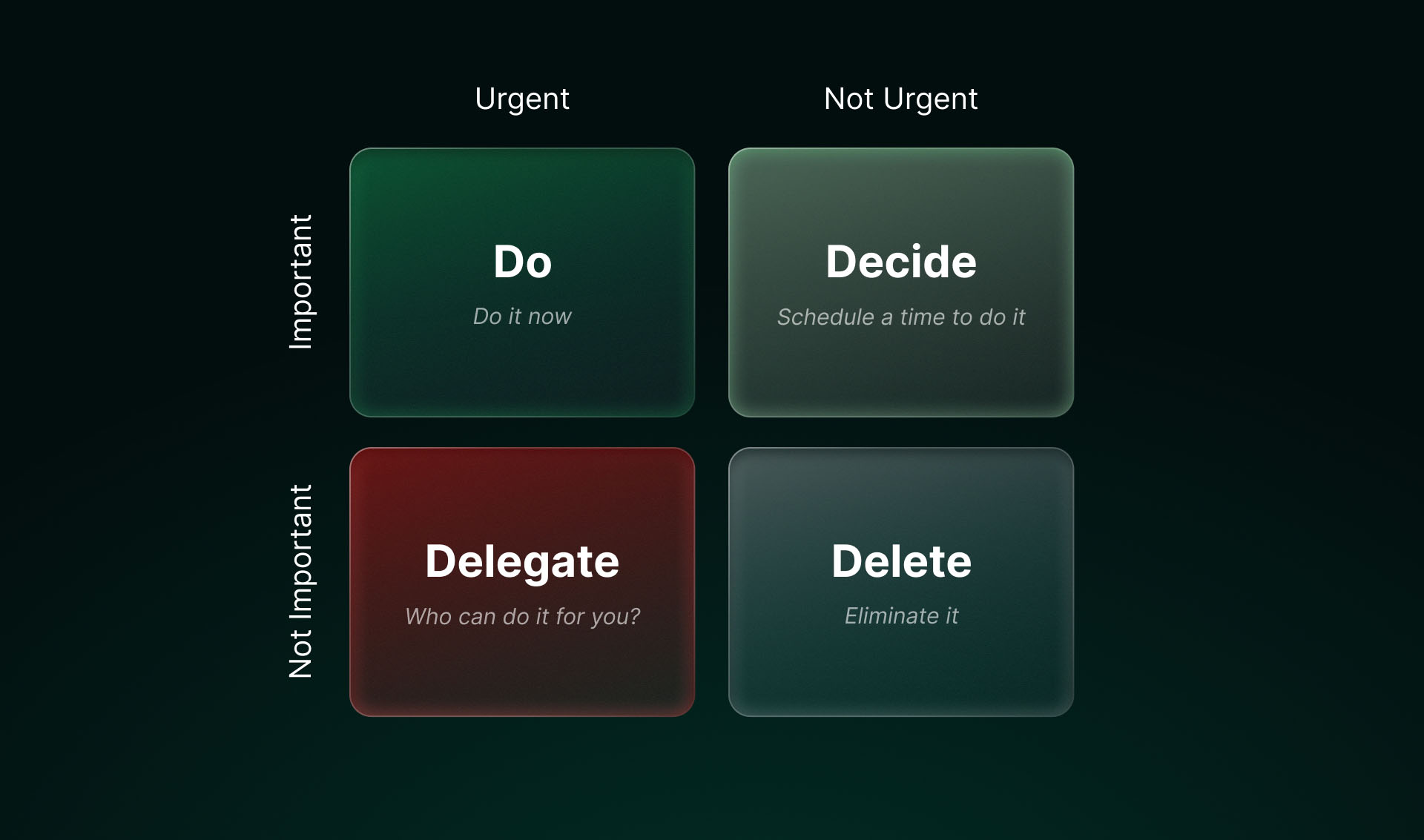
Definition:
A classic 2x2 grid that organizes tasks by urgency and importance.
Why It Matters:
In the fast-moving world of AI, distractions come daily — another demo, another “must-read” article. The Eisenhower Matrix protects your most valuable resource: your focus.
How to Apply It:
Schedule time for deep thinking. Delegate the noise. True AI strategy requires intention, not reaction.
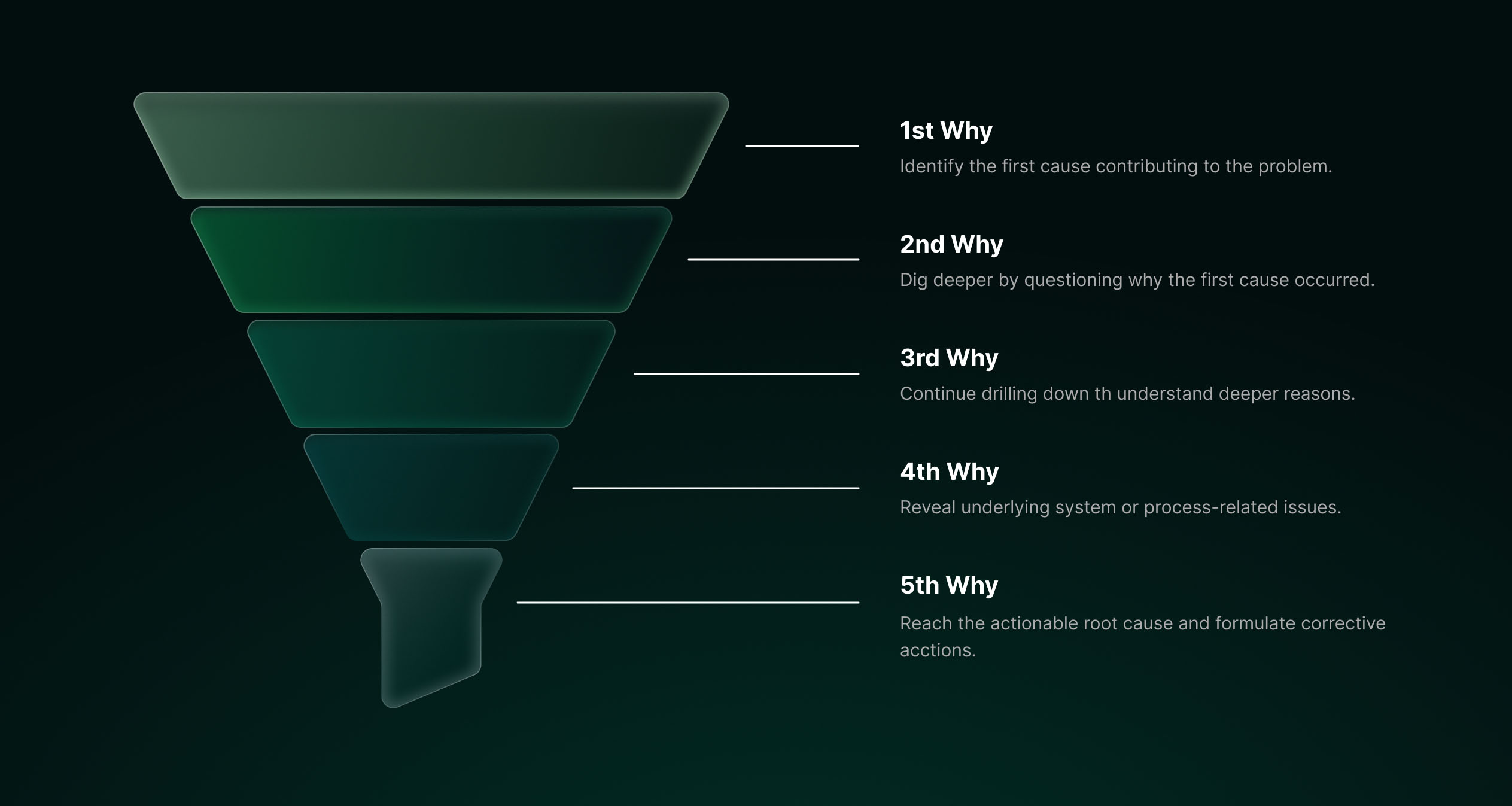
Definition:
A root-cause analysis technique that gets to the truth by asking “Why?” five times.
Why It Matters:
Most AI initiatives fail for human reasons, not technical ones. The 5 Whys reveals organizational blind spots so you can fix them before they sink your investment.
How to Apply It:
Your chatbot pilot fails. Why? Employees didn’t use it.
Why? It gave clunky answers.
Why? It wasn’t trained on the right data.
Why? The project team didn’t have access.
Why? Legal had privacy concerns.
Root cause? Not the AI — the lack of cross-department alignment.
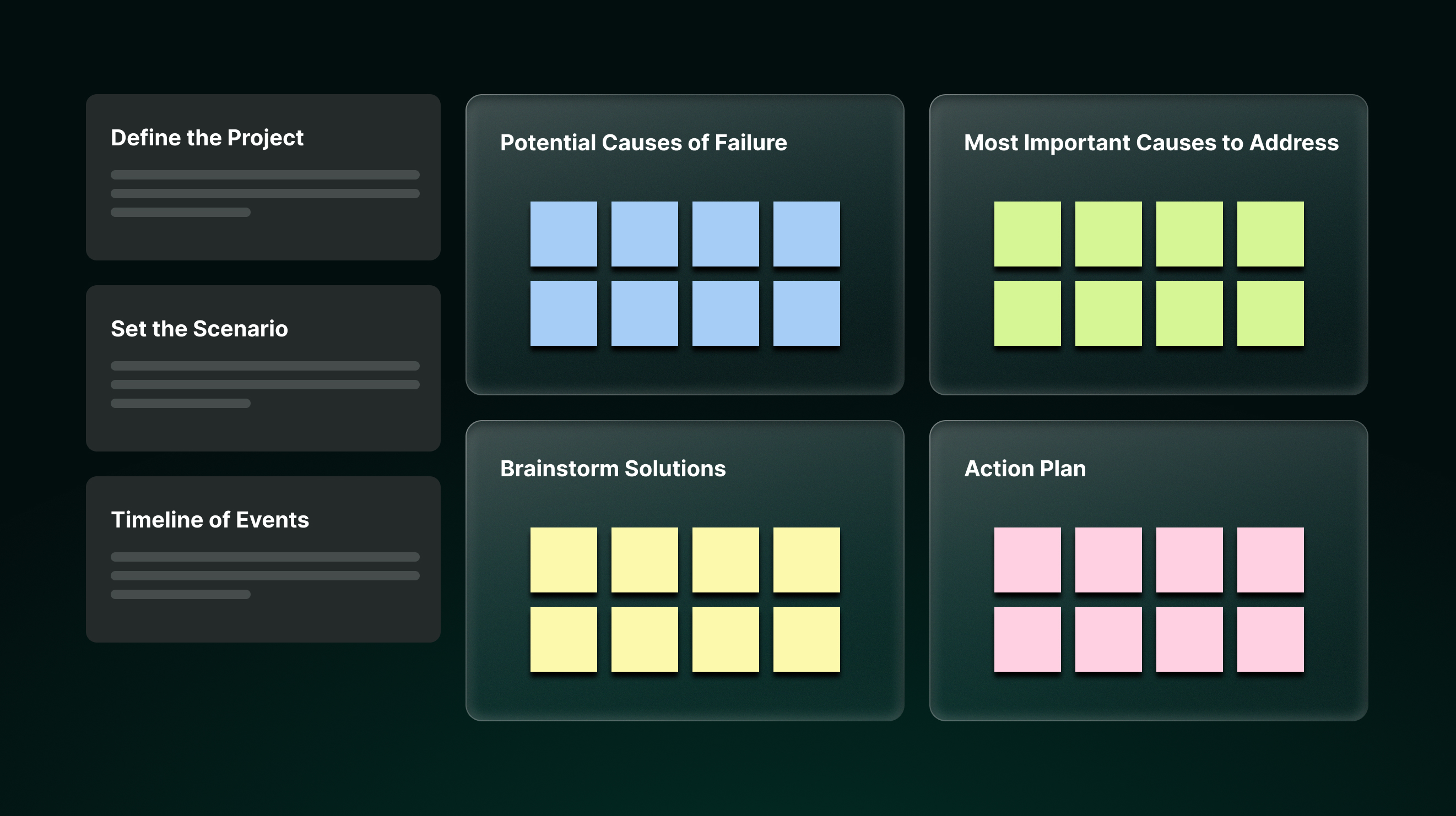
Definition:
A strategic exercise where you imagine a project has already failed — then list why it failed.
Why It Matters:
AI investments are high-risk, high-reward. A pre-mortem uncovers vulnerabilities your vendor won’t mention. It’s the most practical way to avoid costly surprises.
How to Apply It:
Before signing a six-figure AI contract, ask:
“It’s a year from now, and this investment flopped. What went wrong?”
You’ll surface hidden truths like:
A pre-mortem turns optimism into preparedness.
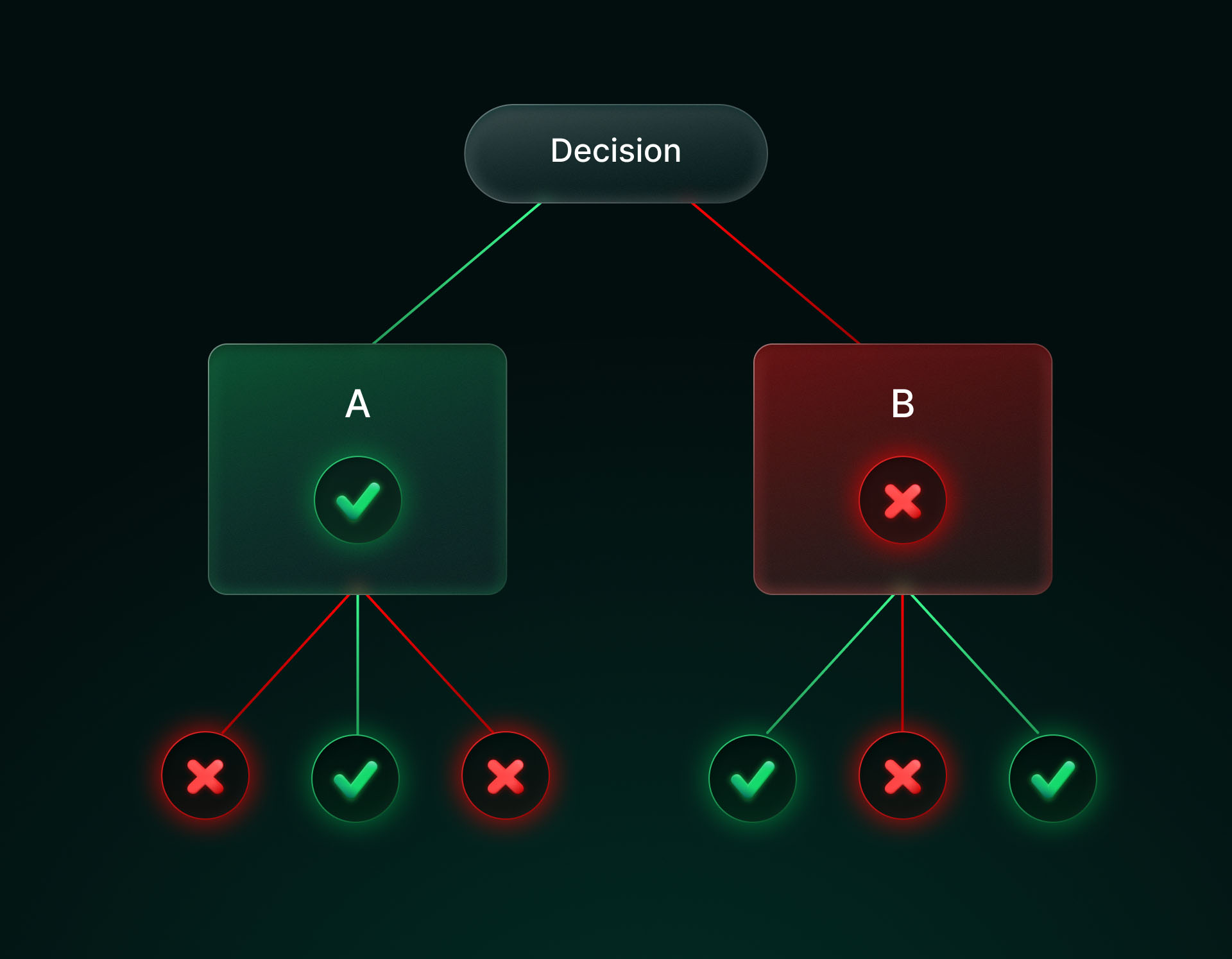
Definition:
Looking beyond immediate results to anticipate second- and third-order effects.
Why It Matters:
Most AI projects promise efficiency. But true transformation lies in how those efficiencies reshape your people, operations, and brand.
How to Apply It:
You automate 30% of customer service responses — first-order effect: cost savings.
Second-order effects:
Strategic leaders look past short-term ROI to long-term business impact.
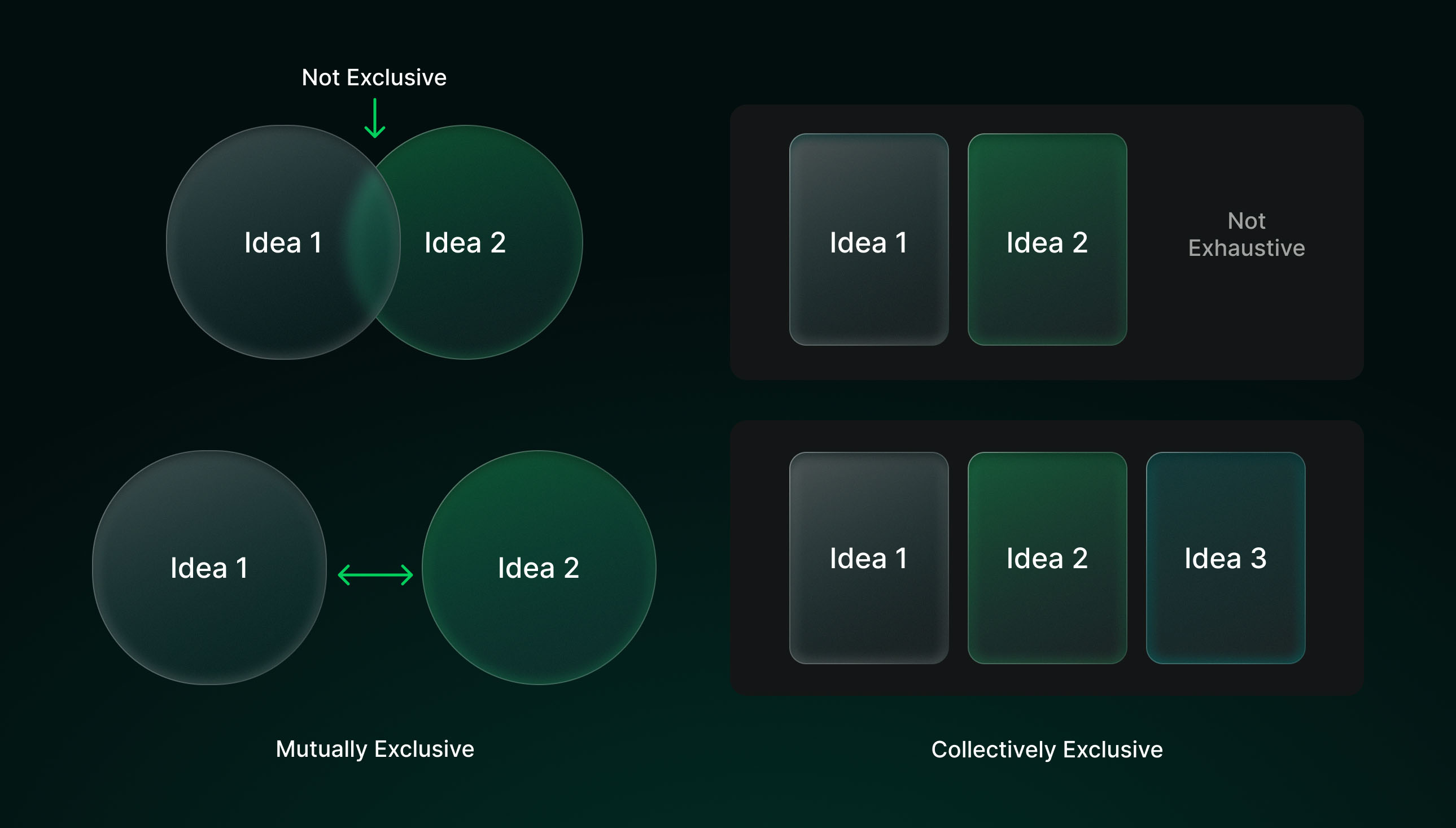
Definition:
MECE - Mutually Exclusive, Collectively Exhaustive - is a framework for organizing ideas into clear, non-overlapping categories that cover every angle.
Why It Matters:
When you present your AI roadmap to executives or investors, clarity equals credibility. MECE helps you avoid confusion and ensures your plan covers all critical functions.
How to Apply It:
Build your “AI Opportunity Map” by category:
No overlaps. No blind spots.
Just one clean, comprehensive view of where AI creates measurable value.

Definition:
A four-step decision cycle — Observe, Orient, Decide, Act — designed to help leaders adapt faster than competitors.
Why It Matters:
The AI ecosystem evolves quarterly. New models drop, vendors pivot, regulations shift. The faster your decision loop, the stronger your advantage.
How to Apply It:
A new GPT model launches.
Leaders who adapt fast — and learn faster — dominate the AI era.
These seven frameworks aren’t just “management theories.” They’re the mental infrastructure of modern leadership.
The truth is: AI alone isn’t a competitive advantage. The ability to think critically about AI is.
The biggest gap in most organizations isn’t the lack of tools — it’s the lack of leaders who can connect technology to strategy, and strategy to people.
At EviSmart, we believe that clarity of thought is what turns AI from hype into tangible growth.
That’s why we build intelligent systems that help leaders make faster, smarter decisions — without replacing the human intuition that drives real business outcomes.
This article is Part 1 of The Decisive Leader’s Playbook.
Up next: “Think Like a CEO: The Strategic Mindset for Winning with AI.”